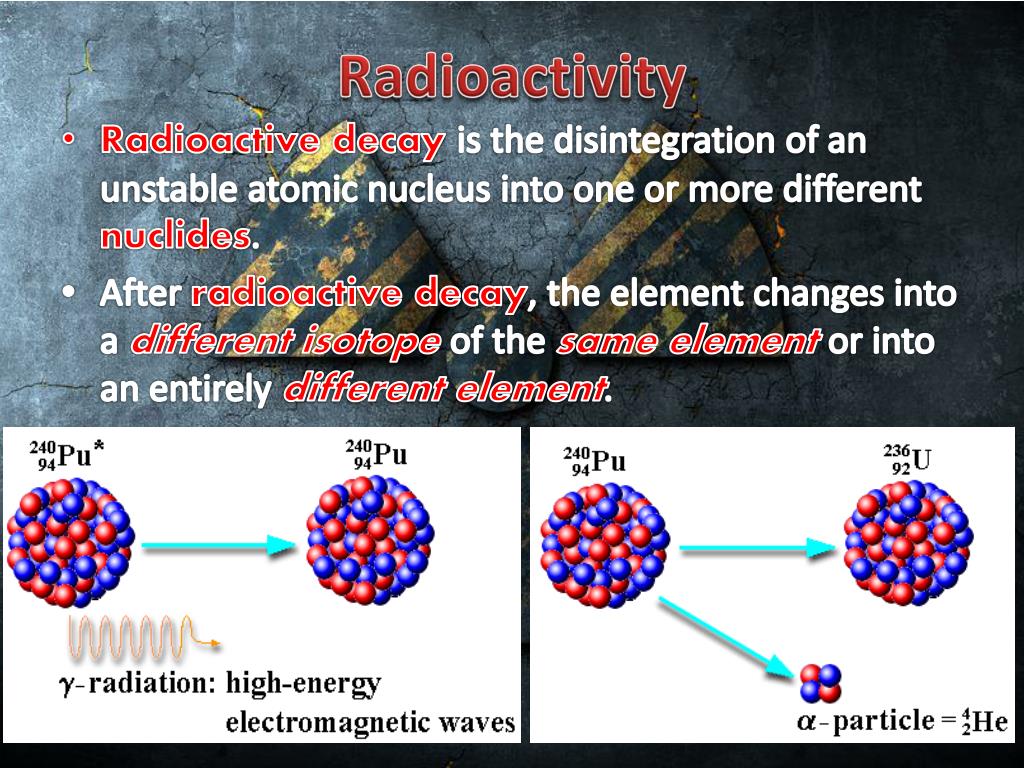
These can range from three-compartment models 14 to ten-compartment models 13. Moreover, the geometrical fineness of the respiratory tract was often simplified in the compartment models, which consisted of a limited number of regions without anatomical details.

Even though the respiratory tract has been examined with compartment models 30, 31, fine details on particulate distributions within the respiratory tract were neglected and treated as evenly mapped within each compartment. This is very specific to the chemical matrix of the particle and is commonly treated with a compartment model with different transfer rates 29. The biological pathways from the respiratory tract to the rest of the body depend on the dissolution of particles in the lung fluids and absorption into the blood and then transfer to other organs. It should be noted, however, that radioactive exposures from particulates even while they are in the lung can affect the organism as a whole and not the lung alone as a peripheral dose can be delivered to nearby organs. The correlation between lung carcinoma and internally deposited radionuclides were reviewed by Bair 25, Harrison and Stather 26, Harrison and Muirhrad 27, and Raabe 28. The association of radioactive exposure and lung cancer has been well documented in populations exposed to residential radon 14, 15, children in nuclear-contaminated areas 16, Mayak workers 17, 18, fluorspar miners 19, and workers in Uranium mines 20, 21, mills 22, 23, or enrichment 24. Once inhaled into the lungs, much of the radiation energy will get absorbed by cells, tissues, and organs. Unlike fat and muscles being the main internal defense to external exposures, there is nothing to protect cells and tissues of susceptible organs from the internal harming effects. Their severity can be related to the absorbed radiation dose in the different specific tissues, which is further related to the number of radioactive particles inhaled, how long they stay, and the type of radiation they emit. Inhaled radioactive aerosols can expose internal organs to radiation for extended periods and may induce a spectrum of functional and morphological changes, such as genetic mutations and carcinogenesis 12, 13. The deposition fraction is dependent on many parameters such as the geometry of the respiratory airways, the particle size of the inhaled aerosol, and the breathing condition 10, 11. When aerosol particles are inhaled, a fraction of the inhaled particles deposit in the respiratory tract, while the rest is exhaled out 5, 6, 7, 8, 9. The aerosol particles released from accidents and natural decay processes may remain suspended in the air for extended periods, be incorporated into soil particles that can reenter the air, or be inhaled by humans or animals.

Highly radioactive micro-particles were released to the surrounding environment in the Chernobyl and Fukushima Daiichi accidents 1, 4. Radioactive aerosols arise from various sources such as nuclear accidents, natural decay processes, and the decommissioning of nuclear reactors 1, 2, 3. Spatial distributions of internal radiation dosimetry were compared for different radionuclides ( 131I, 134,137Cs, 90Sr- 90Y, 103Ru and 239,240Pu) in terms of the radiation fluence, energy deposition density, and dose per decay. Computer codes were developed for geometry visualization, spatial normalization, and source card definition in MCNP6. The deposition mapping of radioactive aerosols was then registered to the respiratory tract of an image-based whole-body adult male model (VIP-Man) to simulate radiation transport and energy deposition. Polydisperse aerosols with different distributions were considered, and deposition distribution of the inhaled aerosols on the internal airway walls was quantified. A physiologically realistic mouth-lung model extending to the bifurcation generation G9 was used to simulate airflow and particle transport within the respiratory tract. The objective of this study is to numerically assess the radiation dosimetry due to particles decaying in the respiratory tract from environmental radioactive exposures by coupling CFPD with Monte Carlo N-Particle code, version 6 (MCNP6). Computational fluid-particle dynamics (CFPD) has proven to be a reliable tool in characterizing aerosol transport in the upper airways, while Monte Carlo based radiation codes allow accurate simulation of radiation transport.

Despite extensive efforts in studying radioactive aerosols, including the transmission of radionuclides in different chemical matrices throughout the body, the internal organ-specific radiation dose due to inhaled radioactive aerosols has largely relied on experimental deposition data and simplified human phantoms.


 0 kommentar(er)
0 kommentar(er)
